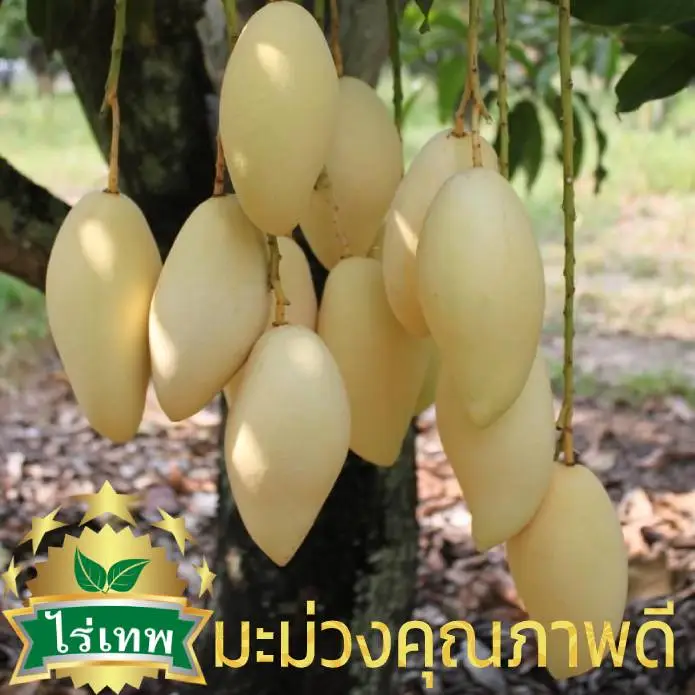No products in the cart.
Uncategorized
3 dangerous diseases of mangoes
Mango is a plant that is quite resistant to the attack of many plant diseases. Also, it is able to withstand rapid fluctuations in the environment. But in terms of quantity and quality of mangoes, There are many plant diseases that destroy & damage. This results in reduced or no yield at all. And causing the quality of the produce to not meet the market demand. Also, Causing the price of produce to fall. These problems will disappear if using the RaiThep – a Dietary supplements of fruits and vegetables are sprayed through mango leaves to receive both the nutrients needed for growth. And can be resistant to diseases and insects as well Resulting in increased production. Also, this reduces the cost of using chemical fertilizers and pesticides. Resulting in mangoes that are safe and non-toxic.
Disease control for mango trees in the home landscape is usually not warranted or should not be intensive. The easiest method for avoiding disease problems is to grow anthracnose-resistant varieties, plant trees in full sun where the flowers, leaves, and fruit dry off quickly after rainfall, not to apply irrigation water to the foliage, flowers, and fruit, and to monitor the tree for disease problems during the flowering and fruiting season.
The two major disease problems for mango trees in the home landscape are powdery mildew and anthracnose. Both these fungal pathogens attack newly emerging panicles, flowers, and young fruit. One to two early spring applications of sulfur and copper are timed to begin when the panicle is 1/2 full size and then 10 to 21 days later will greatly improve the chances for fruit set and production. Usually, protecting the panicles of flowers during development and fruit set results in good fruit production in the home landscape.

1. Anthracnose
Caused by Colletotrichum gloeosporioides
Anthracnose can occur on all parts of the mango tree. Leaf infection starts as small, dark, angular to irregular spots. These often coalesce to form large necrotic areas, which may crack. Infections on the flower panicle appear as small brown or black spots which enlarge and often coalesce to cause the death of flowers. Small fruits are rapidly invaded by the fungus once they become infected. On nearly mature or ripe fruit, black spots coalesce to cover large areas, which may be sunken. Surface “tear staining,” a phenomenon caused by spores falling from an inoculum source above the fruit, may be apparent.

2. Gummosis and twig blight
Caused by Lasiodiplodia theobromae (Pst.) Griffon & Maubl. (Botryodiplodia theobromae Pal.)
Symptom: Some trunks and branches of mangoes have brown spots, splintering from the skin, and sagging. The lower part of the trunk or some branches are scattered on the mango trunk when cut. Tissue looks to find a dent in the basin. The creamy white latex when destroying the top of the mango will make the top. Wither upon death, great in If looking at the skin tissue, the dead shell will become dark.

3. Powdery Mildew
Caused by the fungus Oidium mangiferae
In severe attacks, the entire blossom panicle may be involved and fruit fail to set. Infected flowers, flower stalks, and young fruit become coated with the whitish powdery growth of the pathogen and the flowers and young infected fruits are similarly coated with the white fungal growth. Younger leaves may become distorted. On older leaves and fruit, infected tissue has a purplish-brown cast, as the white growth weathers away. The infection on fruit may also appear as an irregular blotch. Affected fruit may turn brown and fall off the tree. The disease is a particular problem in cool dry years.
